| Code |
Attribute |
Definition |
Example |
| 1 |
None |
This attribute indicates that there were no contributing circumstances in this crash related to the road/roadway. |
| 2 |
Traffic Congestion Related |
An accumulation of traffic caused by vehicles slowing or stopping the traffic flow. This pertains to daily traffic volume congestion issues. This could occur any day of the week but typically would occur during peak work travel periods in the morning and evening. |
 |
| 3 |
Toll/Booth/Plaza Related |
A crash occurring at or in the vicinity of a toll booth (manned or unmanned) or a toll plaza. It includes crashes that occur in the upstream approach to the toll booth/plaza area, continues to the approach area (where the toll road begins to widen) leading up to the toll booths, and also the departure area where the road begins to narrow, leading back to the normal number of lanes comprising the toll road downstream departure area. |
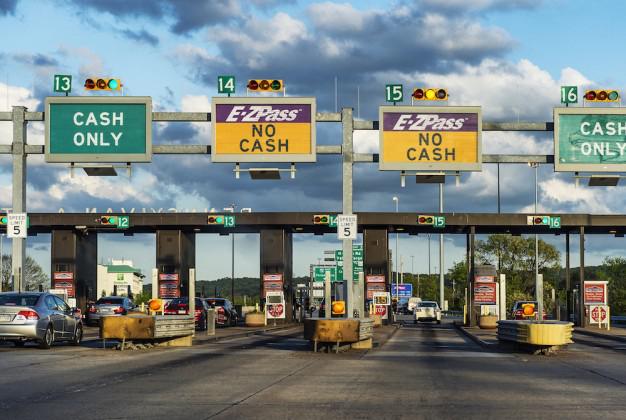 |
| 4 |
Road Surface Condition (Wet, Icy, Snow, Slush, Etc.) |
Indicates the road’s surface contributed to the crash by being wet, icy, covered in snow or slush, or a similar Weather Condition. |
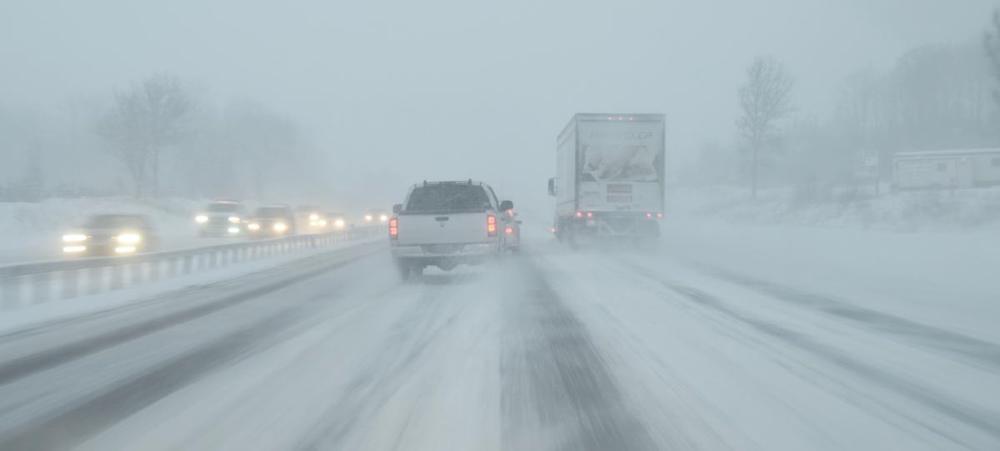 |
| 5 |
Debris |
Object(s) in the roadway that may have contributed to the crash, such as cardboard boxes, trash, or vehicle parts or other materials that have fallen from another vehicle. These would be objects in the roadway that are not large enough to block travel (see ‘obstruction in roadway’) but could cause damage or a loss of control. Other examples include items such as dislodged cargo, parts from a vehicle, tire tread, broken glass, or animal carcasses. |
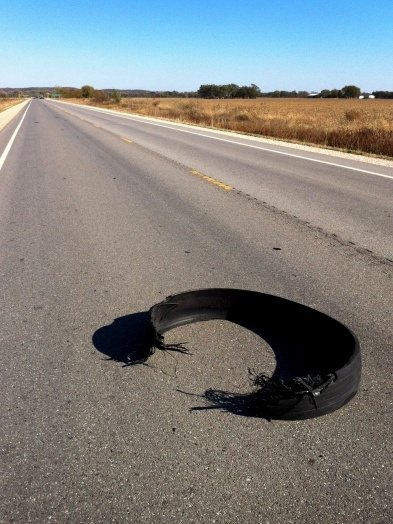 |
| 6 |
Rut, Holes, Bumps |
Irregular roadway surface, either concave in the case of ruts and holes, or convex in the case of bumps. |
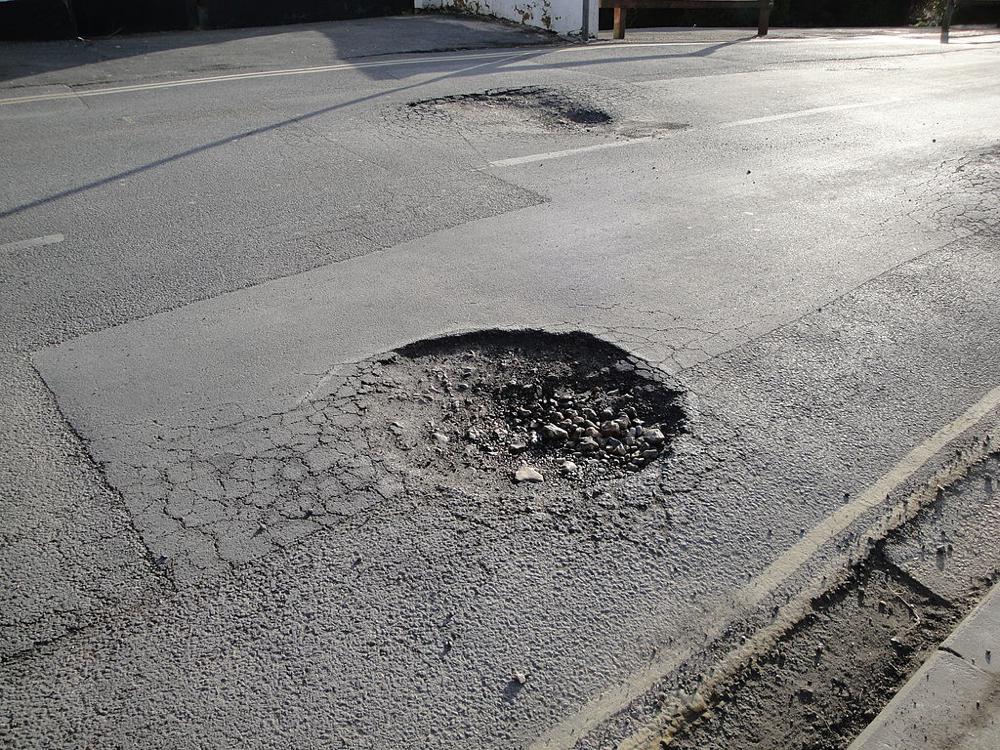 |
| 7 |
Work Zone (Construction/Maintenance/Utility) |
A work zone is an area of a trafficway where construction, maintenance, or utility work activities are identified by warning signs/signals/indicators, including those on transport devices (e.g., signs, flashing lights, channelizing devices, barriers, pavement markings, flagmen, warning signs and arrow boards mounted on the vehicles in a mobile maintenance activity) that mark the beginning and end of a construction, maintenance or utility work activity. It extends from the first warning sign, signal or flashing lights to the END ROAD WORK sign or the last traffic control device pertinent for that work activity. Work zones also include roadway sections where there is ongoing, moving (mobile) work activity such as lane line painting or roadside mowing only if the beginning of the ongoing, moving (mobile) work activity is designated by warning signs or signals. |
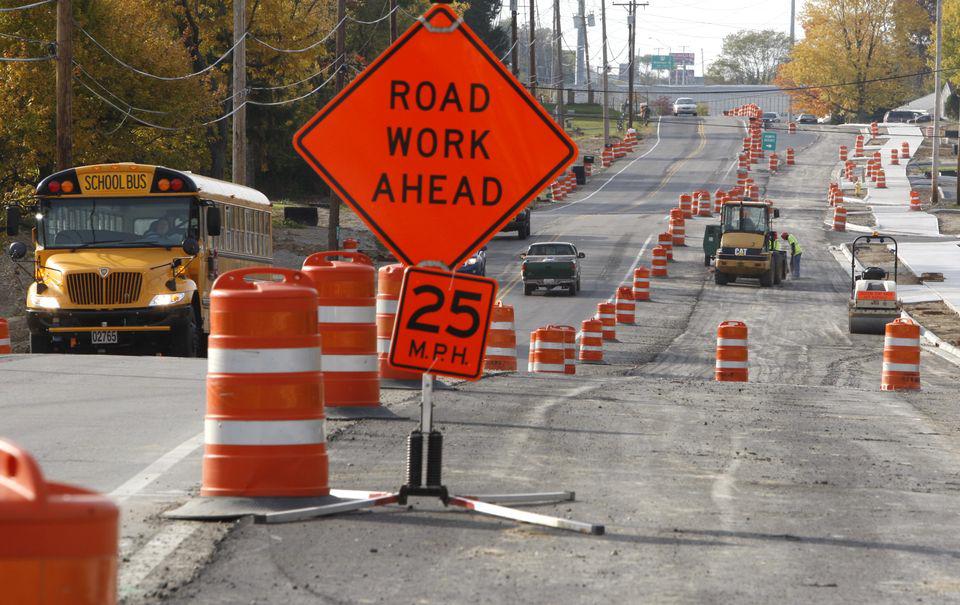 |
| 8 |
Non-Highway Work |
Maintenance or other types of work occurring near or in the trafficway but not related to the trafficway. |
 |
| 9 |
Worn, Travel-Polished Surface |
A road surface that is well used, often very smooth or shiny in appearance. |
 |
| 10 |
Obstruction in Roadway |
A blockage in the roadway, such as that caused by a fallen tree or a large boulder. |
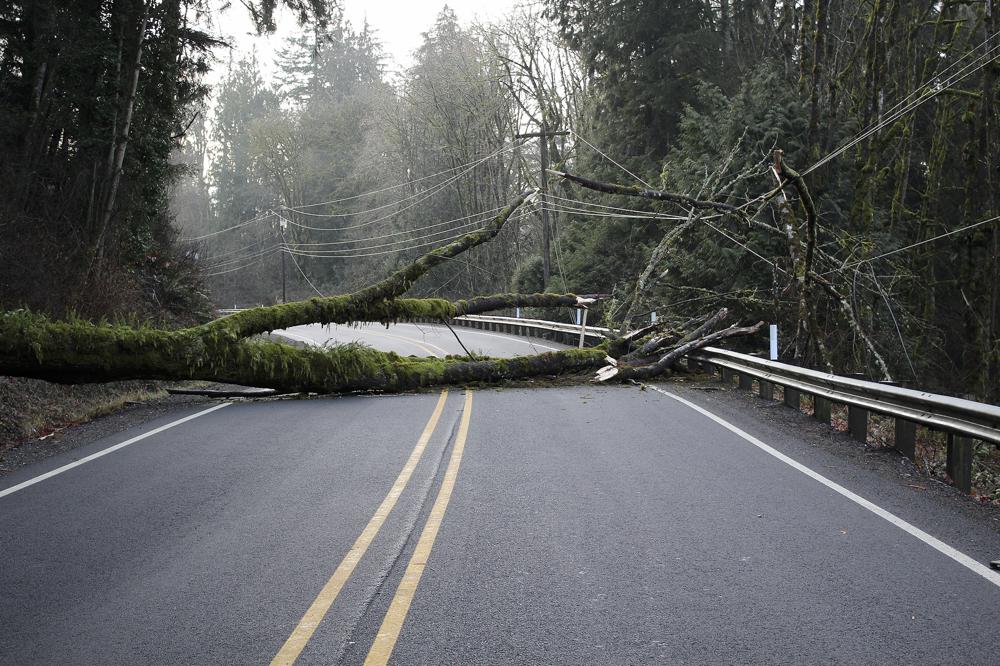 |
| 11 |
Traffic Control Device Inoperative, Missing, or Obscured |
This would include traffic control devices disabled or not functioning properly, lane markings faded or missing, signs that are down or covered by foliage, etc. |
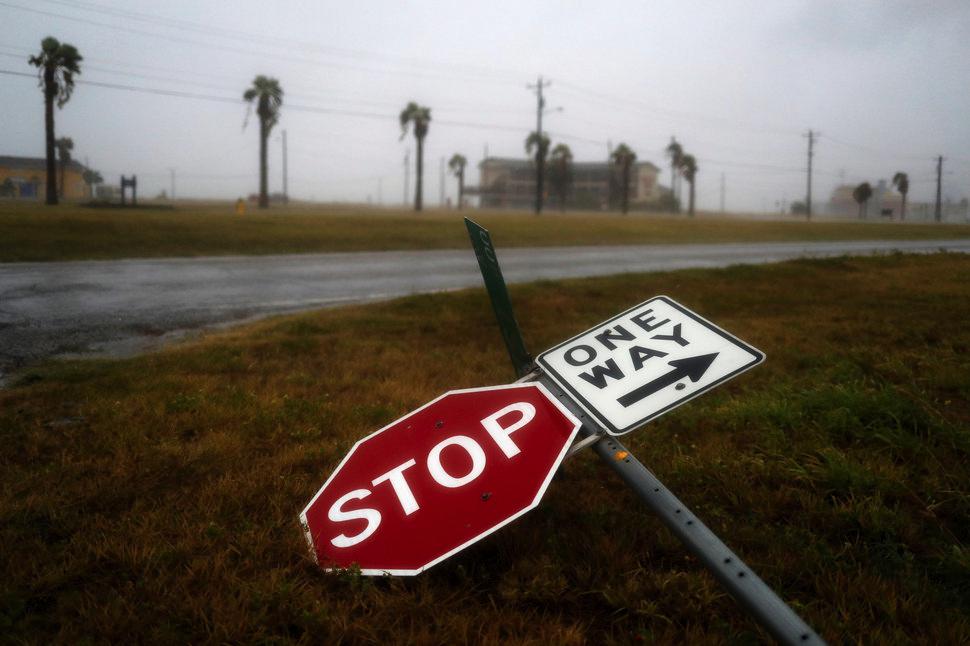 |
| 12 |
Shoulders (None, Low, Soft) |
The shoulder is the part of a trafficway for emergency use, accommodation of stopped motor vehicles, and lateral support of the roadway structure, sharing the border with the roadway. |
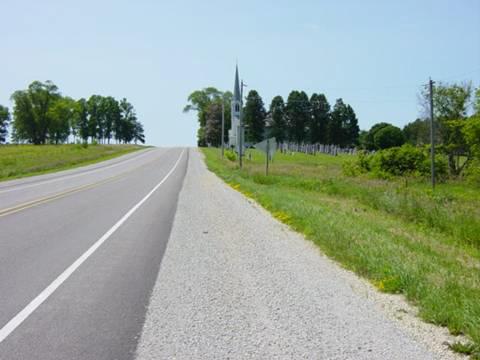 |
| 97 |
Other |
This attribute is used for a variable that is not addressed by the previous attribute options. If this attribute is used, an explanation in the narrative is recommended. |
|
| 99 |
Unknown |
If this attribute is used, an explanation in the narrative is recommended. |
|













